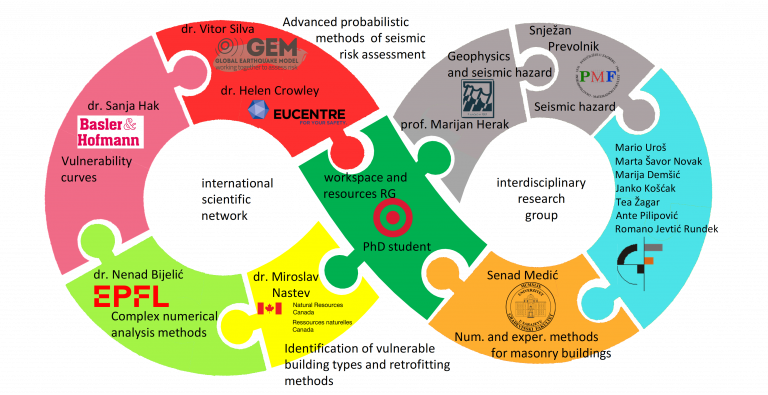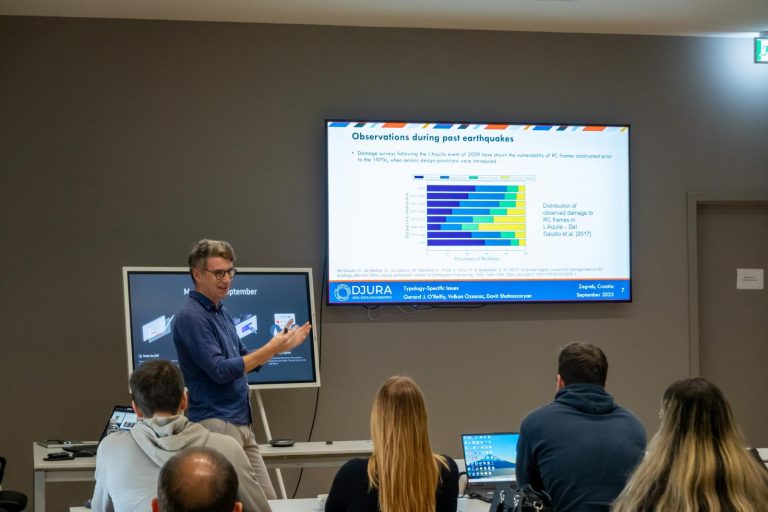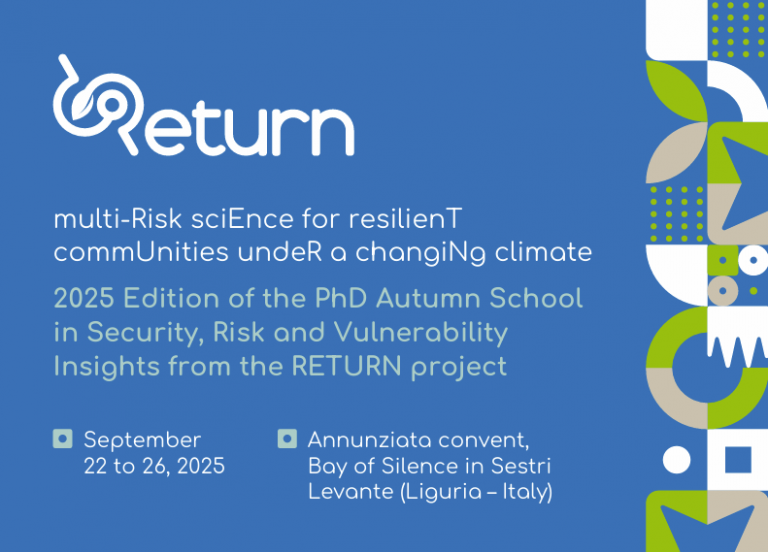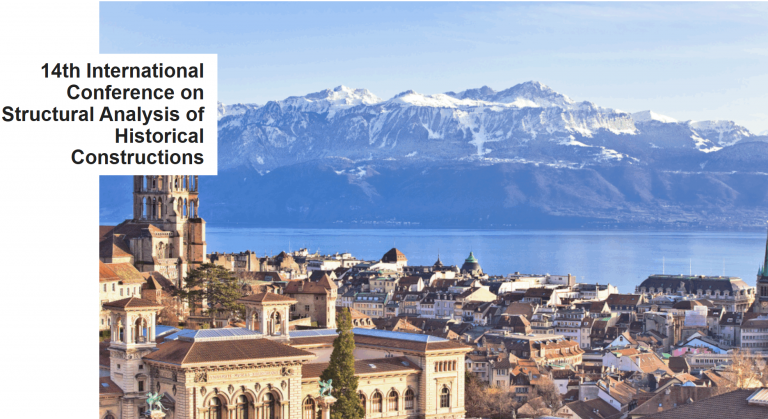NEW VULNERABILITY MODELS OF TYPICAL BUILDINGS IN URBAN AREAS:
Applications to seismic risk assessment and target retrofitting methodology
About 2BeSafe Project
Interdisciplinary project in the field of earthquake engineering, with a particular focus on assessing the vulnerability of substandard buildings in urban areas that contribute significantly to seismic risk and the possibilities to strengthen them using retrofitting. The project takes a unique and comprehensive approach to mitigate the effects of an earthquake at the prevention stage. Such an innovative approach, using state-of-the-art experimental tests and detailed numerical analysis, allows the identification of the collapse mechanisms of a structure and critical structural elements, and the proposal of new vulnerability models, enabling the development of a new methodology for optimal retrofitting.

Project Objectives
The establishment of research group
The establishment of a new interdisciplinary research group, trained by international centres of knowledge and excellence in the field, as centre for excellence for advanced seismic performance evaluation and retrofit of buildings, and assessment of seismic risk.
Identification of typical building classes with expected high vulnerability
To identify ten most vulnerable building types (5 RC and 5 masonry) in the urban areas of the region which are estimated to be the most vulnerable with regard to seismic risk.
Seismic hazard definition
Define the model of seismic hazard which is applicable to observed region and to choose existing and develop new ground acceleration records and corresponding response spectra accordingly, in order to numerically simulate earthquake loading.
Seismic performance assessment of buildings
To assess seismic performance of selected vulnerable building types to earthquakes of various intensity levels and to determine their vulnerability models, collapse mechanisms and critical structural elements, using advanced numerical models and analysis methods.
Development of methodology for target retrofit and seismic performance assessment of retrofitted buildings
To establish new methodology for target retrofit of substandard buildings and to assess seismic performance of retrofitted buildings.
Project proposals applied for other funding sources
Collaboration with leading researchers in the field that will position the research group as the centre of excellence for advanced assessments of building performance, seismic risk assessments and methodology of target retrofit.
Latest News
4. October 2025.
The Performance-Based Earthquake Engineering (PBEE) course was held 29.9-3.10.2025 and attended by members of the research group. The course was organized by Faculty of Civil engineering University of Zagreb and Croatian Center for Earthquake Engineering (HCPI) in cooperation with DJURA – Risk-Data-Engineering and provided practical information about probability base earthquake engineering.
29. September 2025.
Research team member Ante Pilipović participated at the 2025 Edition of the PhD Autumn School in Security, Risk and Vulnerability: Insights from the RETURN project” organized by prof. Serena Cattari, coordinator of the PhD program on Security, Risk and Vulnerability at the University of Genova, Italy. The autumn school featured renowned lecturers from the multi-risk hazards community, hands-on multi-risk workshops, and a PhD students poster session. Ante Pilipović participated with a poster titled “Optimal Intensity Measure Selection for Unreinforced Masonry Buildings using Vulnerability-based Metrics.”
19. September 2025.
The 14th International Conference on Structural Analysis of Historical Constructions (SAHC 2025) was held from September 15th-17th 2025 in Lausanne, Switzerland. 2BESAFE research team members Mario Uroš and Marija Demšić participated in the scientific committee of the conference and as session convenors, while Ante Pilipović contributed with a conference paper titled “Identification of critical elements of unreinforced masonry buildings for selection of optimal retrofit solutions.”



